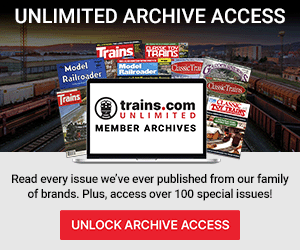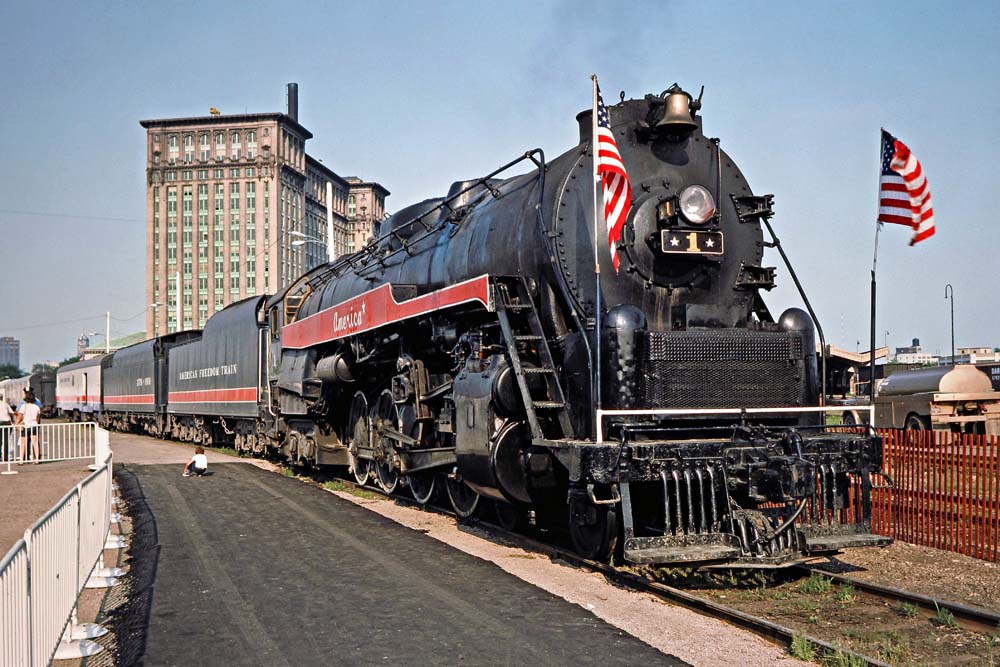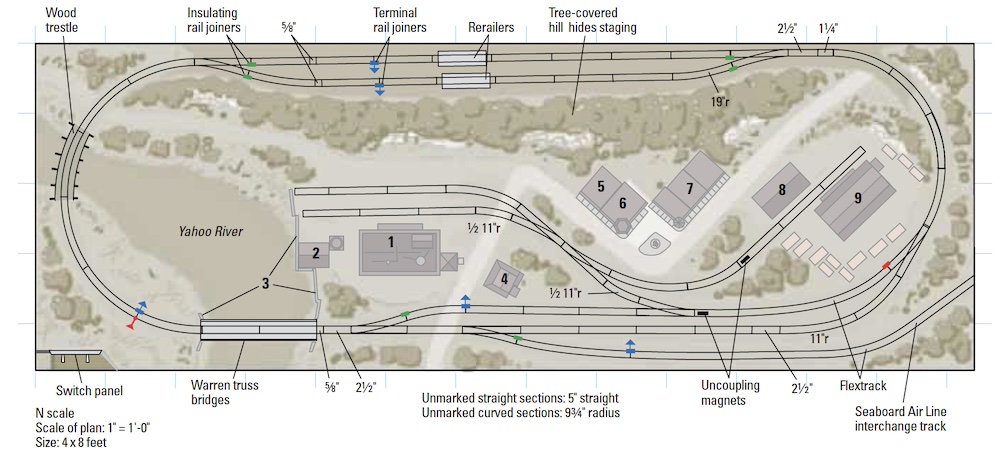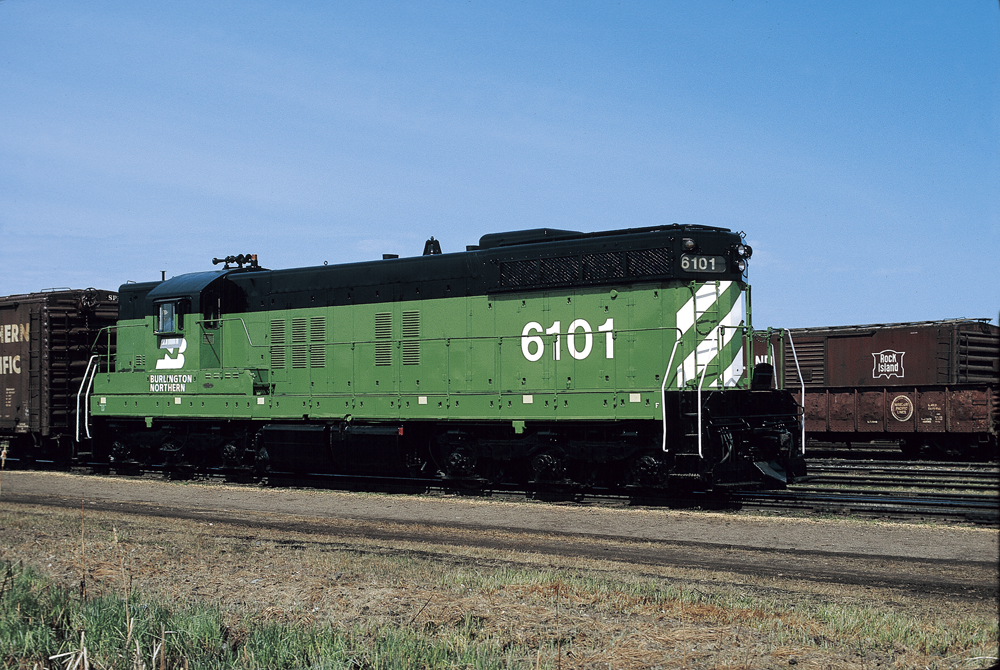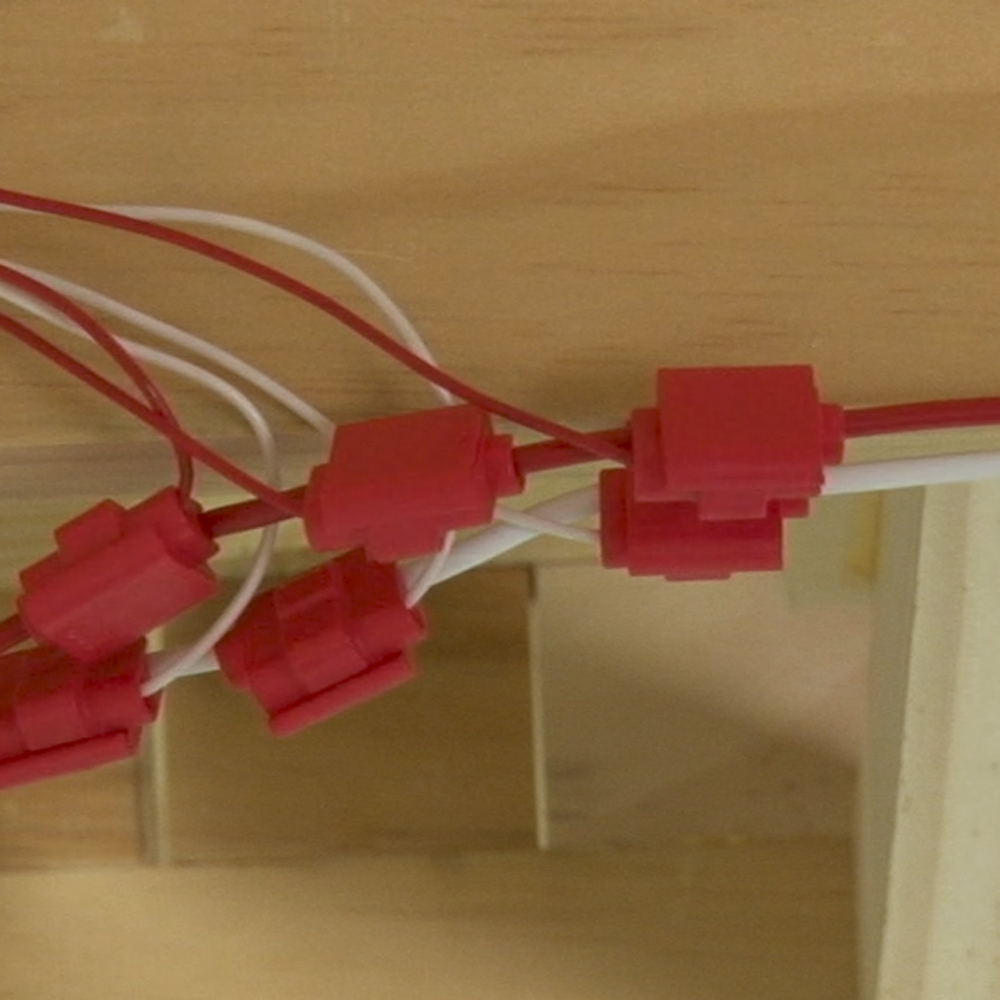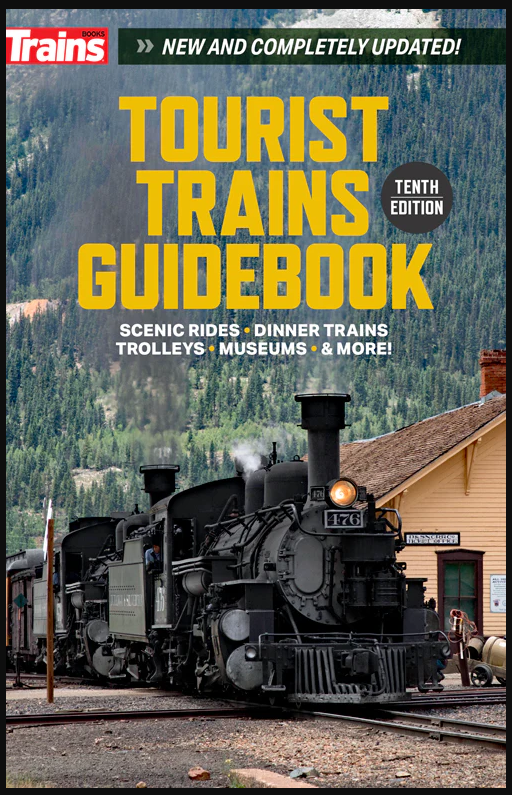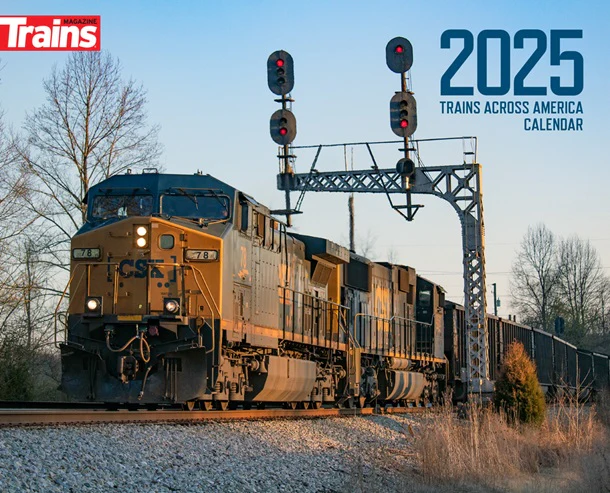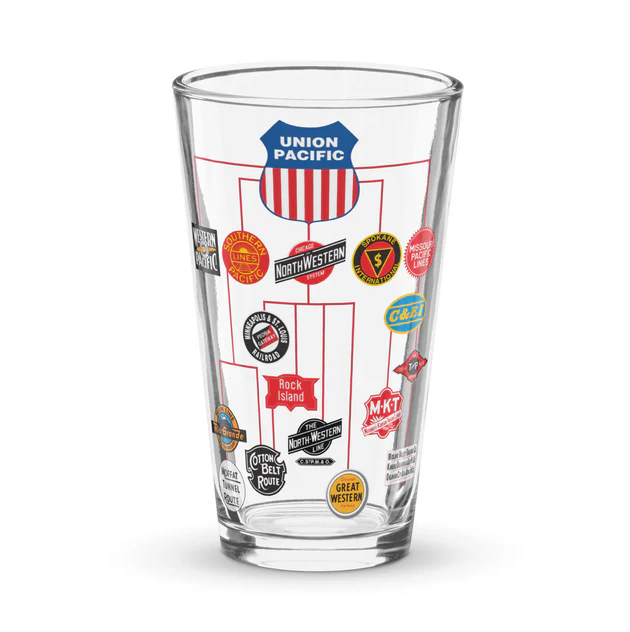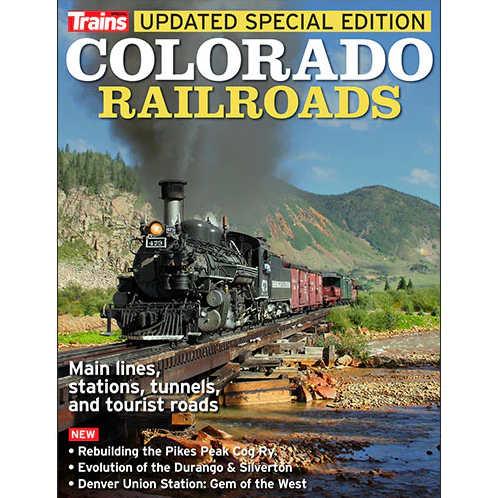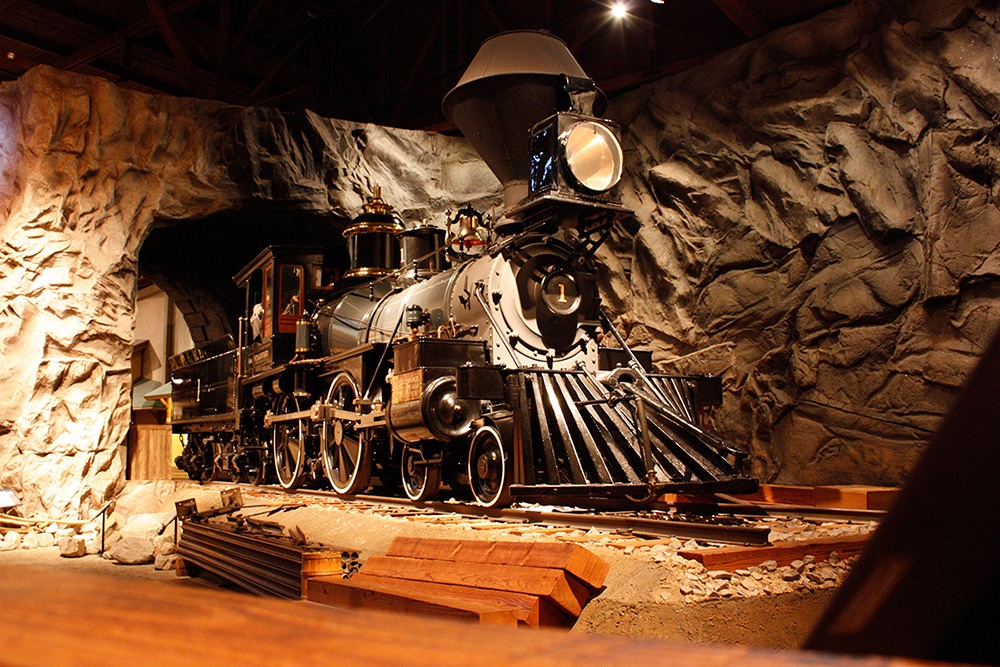
Forty years ago, there was a lot going on in “Train World.” New museums, mainline steam programs, railroad-specific historical societies, and innovative preservation projects spawned a sense that railroad heritage had entered a different, more mature, phase. There were conversations about the emerging “railway heritage movement.”
In hindsight, that was a tad optimistic. It had the same chances for success as organizing a squirrel parade at a kennel club show. There wasn’t One Big Idea upon which to build a consensus or shared effort, no railroad version of clean air or liberty and justice — only very different people passionate about how they enjoy particular aspects of a sprawling, complex, 200-year-old industry.
There seem to be seven basic ways to understand how most people interested in railroading engage the subject. The categories have been apparent for at least a hundred years, and none of this is remotely new.
Nor do our activities fit neatly into only one (or several) of these seven buckets. That is simply a function of the vastness of the opportunities and the creativity of the folks who find some connection with trains. What distinguishes our tribes is a shifting mix of motivation, reward, personal interest, and means of expression. Everything is on a continuum.
Railroading
The industry itself represents the greatest number of people somehow connected with railroading. I would not be surprised if the total number of folks who earned a railroad-related paycheck over the last 200 years didn’t reach 20 or 30 million. That would include employees in allied work, such as equipment building, contracting, and railway supply.
For a fair proportion of those folks, it may have been their occupation, but it was also their craft, their identity, and perhaps even their passion. I’ve worked with plenty of men and women like that. They wouldn’t call themselves fans. They were railroaders, with a much different level of connection. They clearly liked trains, whether they admitted it or not. It was subtle. But you could tell.
Railroad history
History, like railroading, is a vast and sprawling shared enterprise. There are dozens of sub-disciplines and many styles, schools of thought, and levels of sophistication. Approaches range from the narrow (individual locomotive histories, memoirs, genealogy) to the impossibly broad (railroading in American life).
We produce and consume it in a dizzying array of forms and formats. Sometimes it is intentional and according to standards, as work has to be in law or medicine. Other times it is less formal and more lyrical, but no less revealing.
In many ways, sound railroad history (factual, well-constructed, carefully-argued, nicely presented) is the foundation of so much of what we do. You don’t have to be a historian to enjoy railroading. But it certainly makes things more interesting to know where it comes from and how it got here.
Preservation and curation
This is a large and capacious category. It comprises libraries, archives, museums, historical societies, heritage railroads, historic preservation, private collections, and railroad elements of other peoples’ projects. Four central aspects distinguish the work, whether it be private, volunteer, or paid.
First, someone makes a conscious effort to identify and keep safe some tangible or intangible bit of heritage. It doesn’t matter what that might be, which is one of the reasons things can be so complicated. A single railroad artifact can weigh a couple of ounces — or a million pounds.
Second is some intent to share the heritage. That might be a train ride for hundreds of visitors or letting someone peek at a private collection of railroad china. The point of most preservation is to make it available. That kind of access is how culture is conserved and handed down through generations.
The third aspect is curation, making sense of what is being preserved and shared. It is the process of gathering knowledge, locating it in appropriate contexts, and then presenting the insights and conclusions. It is one thing to note a locomotive has Walschaerts valve gear. It is another to explain just what that is and how it works.
Education is the fourth leg of any stable platform. Railroading itself has always relied on formal and informal education, from rough on-the-job training to the comprehensive courses once offered by elite universities across the country. Formal museum exhibits are educators. So are old-timers sharing stories at a Tuesday morning Liar’s Club breakfast.
Enthusiasm
From the beginning, there have been railway enthusiasts. There are so many dimensions to “liking trains” that it becomes tedious to even try to describe what “enthusiasm” might look like — and I wish we had a better term for it. The same is true for sports, boats, cars, airplanes, or dozens of subjects. Humans are curious animals and now have the luxury of being involved in things besides mere survival or fending off saber-toothed tigers.
This is both a vague and a specific category, and like so much else is on a continuum. Many National Railway Historical Society chapters and railroad clubs emphasize enthusiast activities (site visits, train rides, news, preservation), while all of the seven categories have a discernible enthusiast component.
Maybe the best way to describe it is as a set of opinions and attitudes suggesting some positive connection with trains.
Creation
Almost everyone who is seriously interested in railroading is a creator in some form or another. What I have in mind here are the photographers, collectors, writers, videographers, artists, and folks who don’t simply enjoy railroading, but who also use their abilities to make something be shared, either privately or publicly.
The individuals and organizations bringing locomotives to life or restoring streetcars to service are also creators, as are curators and heritage railroad operators.
This may be a new category for some folks, but so much of what we do can be understood as part of a continuum of creativity. I think it time we give creators of all stripes the recognition and respect they deserve, and understand their work as foundational to railroad history and heritage.
Railroad modeling
There are many ways to create models of railroading. It is one of those umbrella terms that transcends categories. A well-presented history of a railroad could also be understood as a form of modeling — just using different tools.
In my view, railroad modeling is almost any attempt to capture some aspect of railroading free from the constraints of time, place, or circumstances. I realize this may veer into reductive thinking, but modeling is the process of choosing the essence of a much larger reality and reproducing it in some accessible format.
I look forward with a mix of hope and trepidation to what technologies such as AI or next-generation virtual reality have to offer. Railroad modeling may never be the same.
Traveling by train
One of the least-remarked but most varied and widespread ways to enjoy railroading is through train travel — and you don’t even need to admit being a buff. Some people ride trains because they have little or no choice. Some ride for convenience or cost. But many people ride trains for the experience. Recreational railroading is a legitimate economic category.
Train riding can have its rough patches, may not be the easiest or cheapest way to travel, and might not be convenient. Then consider a few things. The scenery might be urban back yards or seemingly endless corn fields, but it is authentic and up close. The trip can represent time to relax, think, work or be as isolated as you choose to be in relative comfort. And you might want to ride while you can. Nothing lasts forever.
Paradox and irony
Fifty or a hundred years ago, it was easy to engage railroading. It was all around us, in glorious variety, and railroads themselves by habit and intent were much more welcoming.
At the same time, the resources and technologies we now take for granted were sparse, costly, or non-existent. Kodachrome was expensive. Electrons arranged on a chip are cheap. Access to information and the sophistication of heritage work today is far better than it was a 50 years ago.
Almost all of our railroad heritage has been hard-won, the result of volunteer efforts, business gambles, advocacy, and personal commitment. It hasn’t been easy or cheap. It is also surprisingly fragile.
Buy as many books and magazine subscriptions as you can afford. Join the major historical societies. Give time or money to whatever railroad heritage cause seems like a good idea. Train World’s future depends on collective results powered by individual action. This isn’t a time to be stingy.
Most of all, understand that we remain part of a loose confederation of like-minded people who may have different ways of connecting, but whose cumulative efforts are far greater than the sum of the parts. While railroad heritage may not be a movement, we have a lot in common. If we don’t look out for ourselves and each other, we have a lot to lose, too.





